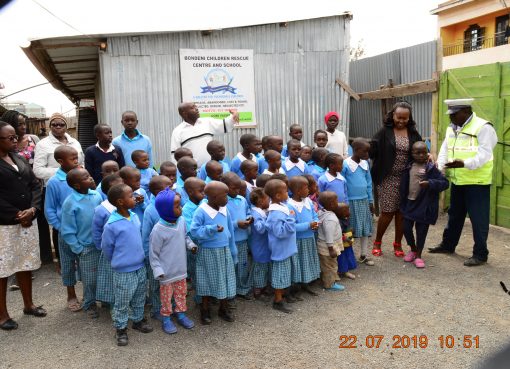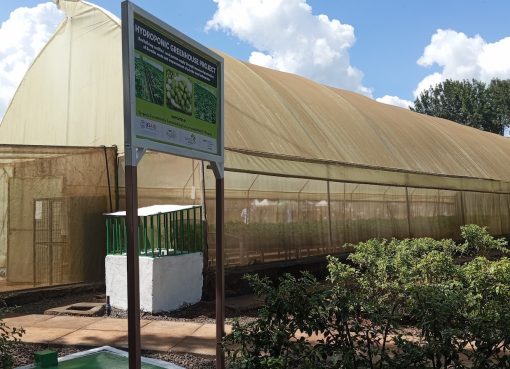The Ministry of Health, in collaboration with the County Government of Nakuru, is developing a registry to formally document and manage Community Health Workers (CHWs) in the County.
The move comes even as the government commits to ensuring the efficiency and effectiveness of healthcare delivery at the community level by providing a centralised database of all active Community Health Workers across the country.
According to Nakuru County Community Health Focal Person Ms. Ritah Ochola, the registry was being designed to capture the details of all CHWs within all the 11 sub-counties, including their location, training, skills and specific responsibilities.
The demographic information will also include age, level of education, marital status, disability information, training status of the CHVs, remuneration and incentives.
Ms. Ochola said by creating a CHW registry, the County hoped to streamline the deployment of community health services and ensure better access to healthcare for residents.
Accurate information about CHWs, Ochola elaborated, will help in policy development and strategic planning for elements like remuneration, supervision, equipping and monitoring and evaluation.
She pointed out that the registry was also being designed to enhance supervision and easier tracking of CHWs’ performance and activities.
“This system will strengthen accountability and provide a mechanism to hold CHWs accountable for their work,” observed Ms. Ochola.
The initiative, which is said to be supported by the AMREF Learning for Life (L4L) programme, is a four-year initiative funded by the Mastercard Foundation that aims at building a resilient and responsive health workforce in Kenya, Zambia, and Senegal.
The County official explained that once in place, the registry will facilitate efficient allocation of resources and better planning and distribution of CHWs based on local community needs.
A CHW registry she added will lead to enhanced coordination between different health programmes, adding that Kenya’s Vision 2030 emphasizes the importance of CHWs in improving healthcare, shifting focus from curative to preventive.
The official indicated that CHWs may include community health agents, village health workers, traditional birth attendants and health promoters.
Ms. Ochola stated that the county government was investing in CHWs by equipping them with basic medical training involving treating mothers and babies with malaria, helping tuberculosis patients to take their treatment and educating communities on HIV/AIDS prevention, family planning, hygiene and nutrition.
She further said that the County had already sensitised the Sub-County Health Management Team Leads, Sub-County Community Health Focal Persons, and Community Health Assistants as the team to implement the data capture process over the next three days at the community unit level.
“The establishment of the registry is in line with both the National and the County Government’s’ initiative to strengthen a well-coordinated and data-driven community health system,” Ms. Ochola added.
Recognized by the World Health Organization (WHO) as a valuable workforce in any health system, Community Health Workers are said to improve coverage and delivery of primary and preventative health services in rural and remote areas.
Hailing from their communities, CHWs are said to offer a trusting, one-on-one relationship with their clients.
In Kenya, there is now broad awareness that achieving Universal Health Care (UHC) cannot be attained, especially in resource-constrained environments, without the essential services provided by CHWs, who form the foundation of Primary Health Care (PHC).
There is surmountable evidence of the contribution of CHWs in improving maternal and child health indicators in recent years and their contribution to effective response during the Covid-19 pandemic.
Despite the life-saving work they do, there exists a lack of accurate and updated data regarding their size and distribution.
The WHO recommends that countries establish health workforce registries to track supply, training, distribution flows, demand, capacity and remuneration.
Community health volunteers are credited with contributing to the increase in Kenya’s life expectancy from 51 years in 2000 to 66 years in 2018, according to a World Bank report.
Kenya is said to have a worrying doctor-to-patient ratio with the probability of not ever seeing a medic in one’s lifetime. For every 10,000 people, there are only 1.9 doctors and 8.6 nurses and midwives in Kenya. Community health workers carry critical health knowledge, skills and tools into communities and homes.
By Esther Mwangi and Brian Kiplimo





